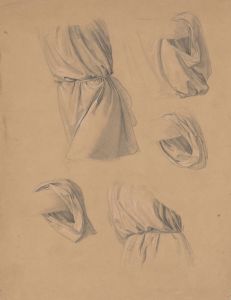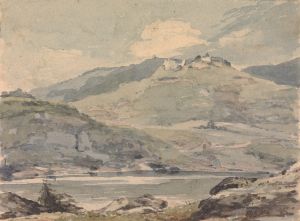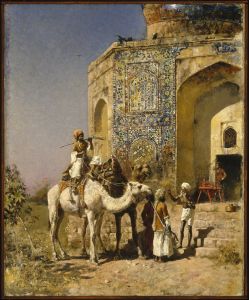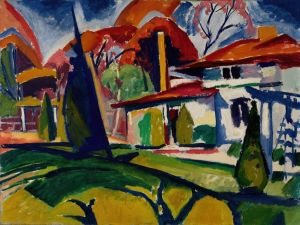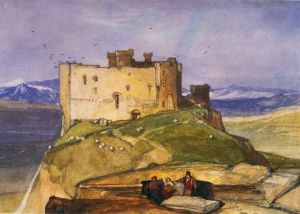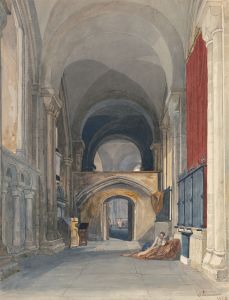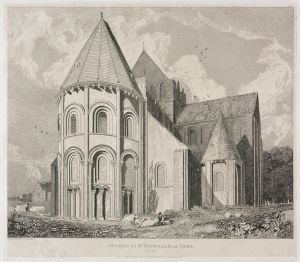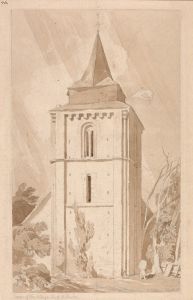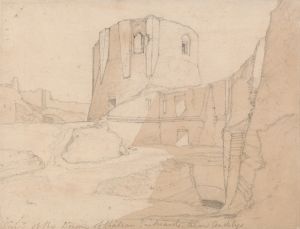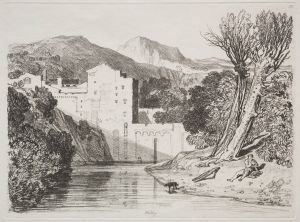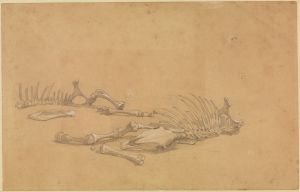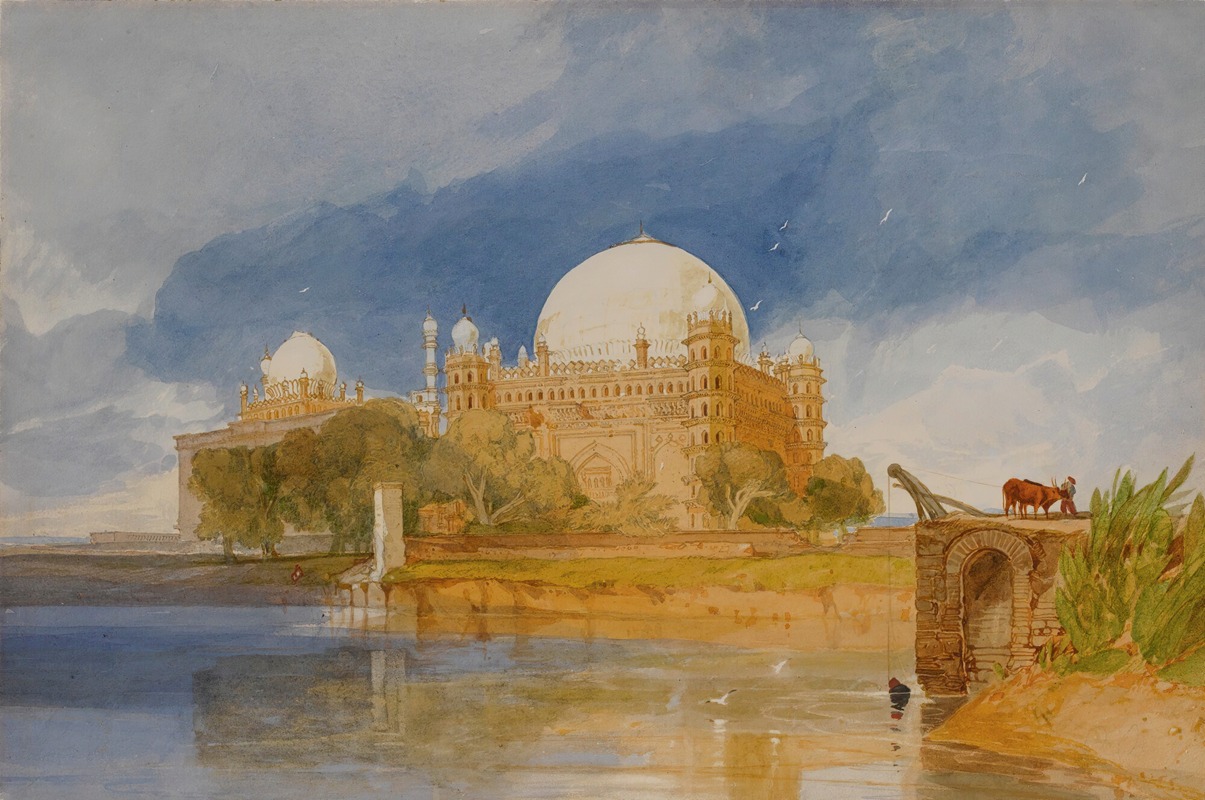
Sultan Mahamed Shah’s Tomb, Bejapore, India
A hand-painted replica of John Sell Cotman’s masterpiece Sultan Mahamed Shah’s Tomb, Bejapore, India, meticulously crafted by professional artists to capture the true essence of the original. Each piece is created with museum-quality canvas and rare mineral pigments, carefully painted by experienced artists with delicate brushstrokes and rich, layered colors to perfectly recreate the texture of the original artwork. Unlike machine-printed reproductions, this hand-painted version brings the painting to life, infused with the artist’s emotions and skill in every stroke. Whether for personal collection or home decoration, it instantly elevates the artistic atmosphere of any space.
John Sell Cotman was a prominent English painter and printmaker associated with the Norwich School of painters, a movement known for its focus on landscape art. Cotman was born in 1782 in Norwich, England, and became one of the leading figures in the early 19th-century British art scene. He is particularly renowned for his watercolors and architectural studies.
"Sultan Mahamed Shah’s Tomb, Bejapore, India" is one of Cotman's works that reflects his interest in architectural subjects, although it is important to note that Cotman never traveled to India. Instead, his works depicting Indian architecture were likely inspired by sketches, prints, or descriptions available in England during his time. This practice was not uncommon among European artists of the period, who often relied on second-hand sources to depict exotic locations.
The tomb of Sultan Mahamed Shah is located in Bijapur, a city in the Indian state of Karnataka. Bijapur is renowned for its historical monuments from the Adil Shahi dynasty, which ruled the region from the late 15th to the late 17th century. The city is home to numerous examples of Indo-Islamic architecture, including mosques, palaces, and tombs, which are characterized by their intricate designs and grand structures.
Cotman's depiction of Sultan Mahamed Shah’s Tomb would have been influenced by the architectural features typical of Bijapur's monuments. These often include large domes, minarets, and detailed stone carvings. The Adil Shahi architecture is noted for its blend of Persian, Turkish, and Indian styles, which would have provided a rich source of inspiration for Cotman's artistic interpretation.
As with many of Cotman's works, his focus would have been on capturing the essence and grandeur of the architectural form. His style is known for its clarity, precision, and subtle use of color, which he employed to convey the atmosphere and scale of the structures he depicted. Cotman's architectural studies often emphasize the play of light and shadow, highlighting the intricate details and textures of the buildings.
While specific details about the creation and provenance of "Sultan Mahamed Shah’s Tomb, Bejapore, India" are not extensively documented, Cotman's body of work remains significant for its contribution to the appreciation and understanding of architectural beauty. His works continue to be studied and admired for their technical skill and artistic vision.
In summary, John Sell Cotman's "Sultan Mahamed Shah’s Tomb, Bejapore, India" is a testament to his ability to capture the grandeur of architectural subjects, even those he never witnessed firsthand. His work reflects the broader 19th-century European fascination with the exotic and the architectural marvels of distant lands.





